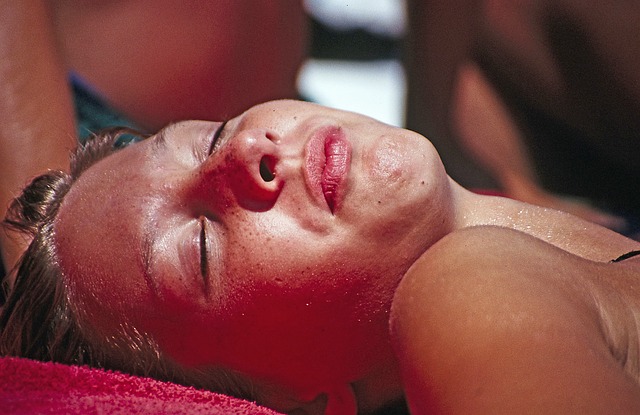In general, changes to the skin are natural and expected. Wrinkles, freckles, redness when scratching insect bites, bruises and scratches due to injuries are some of these.
But the skin needs more attention and loving than the average person thinks. It is important to keep track of changes to the epidermis that are not quite natural. Some skin conditions might be due to where a person lives, such as chilblains for those in freezing weather, or melanoma for those in tropical countries.
Aside from cancer, there are several other seemingly irrelevant skin conditions that should not be ignored. Here are seven skin symptoms that might warrant a quick trip to the doctor.
Moles – people from hot countries, those who like to stay at the beach a lot or play outdoor sports are prone to melanoma, or skin cancer associated with too much sun exposure. One symptom of this dreaded disease is changes in existing moles or the sudden appearance of new ones. If old moles start changing shape, thicken or darken, it needs to be looked at. Doctors will be able to tell if moles should be biopsied or removed.
Lumps – basal cell carcinoma is another kind of skin cancer that, while much less aggressive than melanoma, is the most common type of skin cancer. They tend to appear as pale lumps, a shiny pink growth or a sore that won’t heal in some cases. Other times, it looks like scar tissue. If there has been no reason for a scar or a lump on that area of skin, it’s best to take a closer look.
Blisters or Ulcers – blisters happen for a lot of reasons, but if blisters and ulcers suddenly appear on the inside of the mouth, lips or genitals, it might be a sign of herpes simplex. The more common form, HSV-1 can be found in two-thirds of the world’s population, and may be asymptomatic in many. HSV-2, the other variation, is less common and associated with genital herpes. Both conditions are treatable, so a doctor’s opinion would be good.
Persistent Redness – aside from sunburn, a permanent blush might be a symptom of rosacea. Rosacea, a chronic inflammation of the skin, may show up as either reddening of the cheeks, inflamed acne or inflamed blood vessels that streak the skin. Rosacea only happens on the face, but if redness on other parts of the body won’t go away, see a doctor immediately as it might be caused by a different infection or disease.
Crusty, Flaky Patches – skin patches that are crusty and flaky, like scales, may be a symptom of psoriasis, an autoimmune disorder where the body produces too much skin cells. Dry, scaly skin may also be a sign of eczema, so if this crustiness persists, it should be checked.
Irritation – this one is simple enough; if something causes skin irritation, stop using it. However, conditions like contact dermatitis make it difficult to tell what exactly is causing the irritation, as there is a long list of known irritants. This will require some medical tests to tell if dermatitis or a skin allergy is happening.
Welts or Hives – welts and hives are usually a sign of severe allergic reactions, a response to insect bites, a response to heat or cold or a response to certain medications. If welts don’t go away for a few days and are accompanied by some facial swelling, get medical help right away.
























